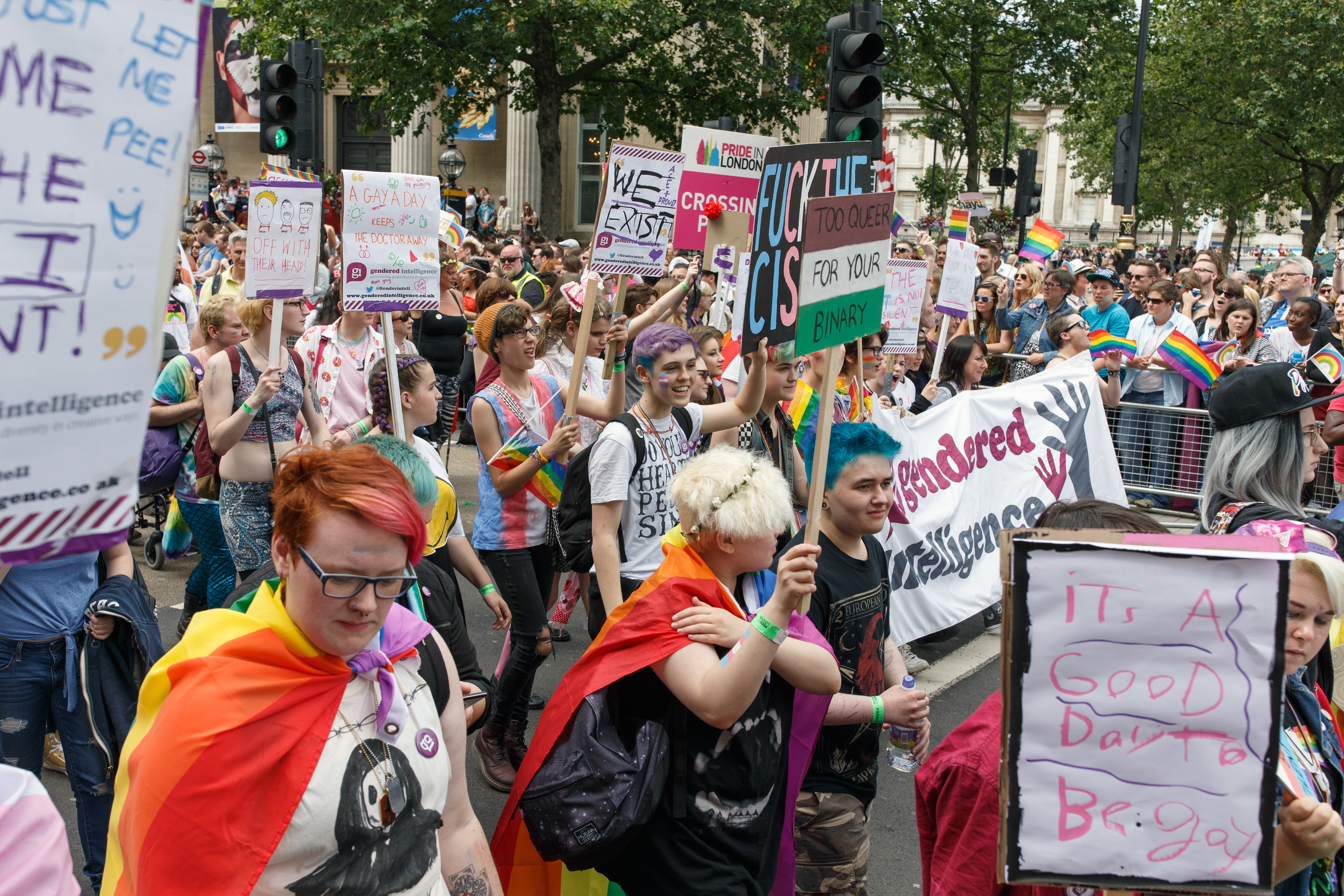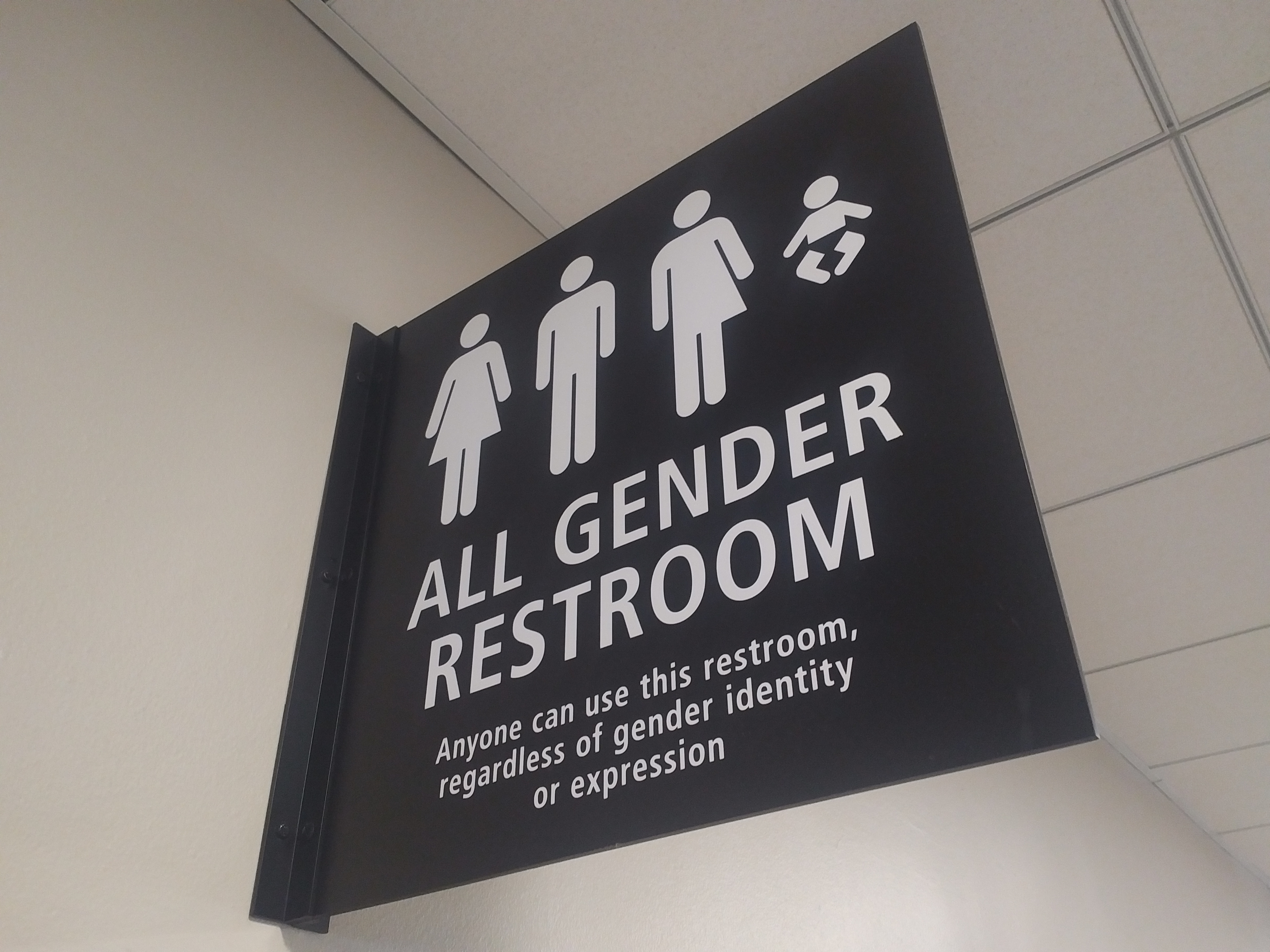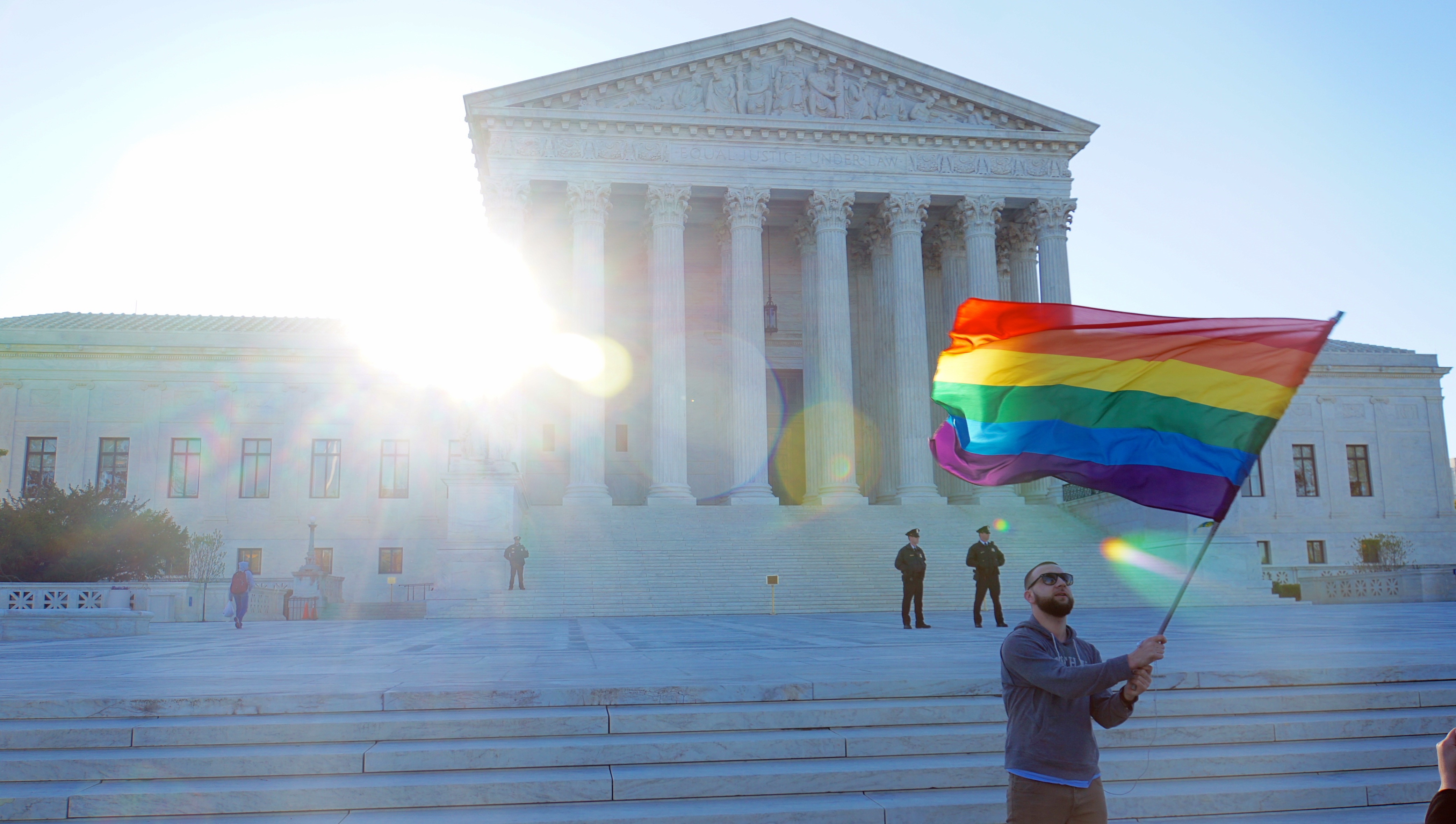
What are your pronouns?
As choices for gender and sexual identities expand, the world slowly changes
Unlike computers that only deal with “0” or “1”, humans can imagine the often murky grey that exists between viewpoints. When it comes to gender identity, however, this ability to think beyond a rigid duality remains unexercised, indeed often culturally taboo, for many people. You are either man or woman, “she” or “he,” and your genetic makeup biologically forbids you from being anything but one of two genders.
But the world is changing. Increasingly, individuals—especially from younger generations—are bucking the gender binary. Their self-identification as either nonbinary or genderqueer, and use of pronouns including “they” and “ze,” means they experience their gender identity as falling outside the categories of man and woman. The same goes for sexual identity—an individual’s orientation can be more than just the dyad of heterosexual or homosexual preferences. Accordingly, many have begun to verbalize their attractions to people regardless of gender.
Closely observing these changes is Phillip Hammack, UC Santa Cruz professor and chair of psychology. Hammack, who also directs the Sexual and Gender Diversity Lab, has devoted his career to understanding the diversity of sexual and gender identities. His more recent research explores what nonbinary thinking and the proliferation of identities mean for intimate relationships.
Despite major victories like marriage equality, Hammack and his collaborators have discovered that bias and discrimination remain a problem for lesbian, gay, and bisexual (LGB) individuals, with many continuing to experience mental and physical stress due to their minority status. “After 2015, a lot of people thought, ‘Well isn’t the fight done now?’” said Stephen Russell, professor of child development at the University of Texas at Austin. “Yet there are these vexing disparities of well-being for sexual minority people: these kids don’t fare as well as straight kids.”
Russell, who focuses on the experiences of sexual minority youth, worked with Hammack on a five-year study of LGB adults in America who came of age in different historical contexts. As part of this research, Hammack delved deeply into the life histories of LGB community members. “What Phil designed was this beautiful means of drawing out their lifelines,” said Russell. “He helped them narrate their lives’ high and low points and tell us what they meant.”
We spoke with Hammack at UC Santa Cruz’s Stevenson College to discuss the gender and sexual diversity movement, and what his research reveals about it.

What’s behind the emerging embrace of gender and sexual diversity? I think the real, decisive change we see is related to information—how people access and control it. In the 20th century, we looked to science, doctors, and medicine as sources of expertise on these topics. And because we were limited to that basis of how knowledge was constructed and disseminated, it was hard to challenge the stigma associated with that framework.
But then came the internet, and eventually social media. The latter was pivotal to the creation of nonbinary thinking. It has allowed people to find one another. You can now educate yourself using Wikipedia, of all things, about what you feel your identities are. We’re no longer limited to being monogamous heterosexual or homosexual people. We have words like pansexual, meaning someone who’s attracted to others regardless of their sex or gender identity, and polyamory, the practice of having intimate relationships with more than one partner. These terms have been introduced into the popular lexicon. The source of authority on what is possible for gender and sexual identity is no longer top-down, but instead bottom-up, which is why we’ve seen this huge explosion of language.
How does this “explosion of language” help? I call it a time of radical authenticity. You can really embody what feels true and right in a way you couldn’t in the 20th century. It used to be you had the way you felt but didn’t know what you should call this identity. Now, you can communicate so much about yourself using this language. People ask, “Why do we need all these terms?” It’s because individuals’ experiences are much more diverse than the language historically used to describe them. We are now slowly accumulating the language necessary to capture the range of our experiences.
So, is using the LGBTQ+ moniker still okay? I intentionally avoid the acronym LGBTQIA because it’s identity based—each letter is an identity—and it’s always going to exclude someone’s experience.
Viewing sexual and gender diversity as a spectrum rather than composed of separate categories invites a broader range of people into the “sexual minority” community. And part of that spectrum includes people who experience intimacy differently. The paradigm of only hetero and homo couples is gone. Relationships now include transgender and nonbinary partners, multiple, consensual partners, or asexual people who don’t experience sexual attraction at all.
Gender and sexual identity diversity seems to be largely a youth movement. Are there intergenerational differences among members of the community? Ilan Meyer, a scholar for public policy at the Williams Institute at UCLA School of Law, Stephen Russell, myself, and four other investigators have worked on the first long-term study of health and well-being across three generations of LGB people. This Generations study, which started in 2015, is funded by a $3.4 million federal grant from the Eunice Kennedy Shriver National Institute of Child Health and Human Development.
Our team not only completed the first random, national sample of sexual minority Americans, but we did 191 life-history interviews with ethnically and gender diverse LGB people in the 18–25, 34–41, and 52–59 age brackets. We aimed to explore gender identity in a historical context. What did it mean if you grew up recently with marriage equality versus 30 years ago in the throes of the AIDS epidemic? The impact of growing up in one era compared to the other should have ramifications for the rest of your life.
What did you observe? There’s a relationship between prejudice and health. People who experienced stigma had more of what we call minority stress, and due to this they experienced more mental and physical health problems.
Unsurprisingly, we found that the middle group—of which I am a part—who grew up during the height of AIDS internalized more stigma around having sex. They experienced a rhetoric that characterized gay men as disease carriers who were inevitably going to die, whereas the older and younger generations shared an openness around sex because that rhetoric was absent.

Why are things still difficult for LGB youth? Ilan believed that the younger cohort would have had less minority stress than the older generation, but we observed that the way stigma works in people’s lives has just been rearranged. There’s now more opportunity to be out, but that comes with more opportunity for discrimination. Certainly, the older generation reported experiencing more internalized homophobia than LGB youth, and the younger cohort have experienced the expanding diversity of identities.
But stories about bullying and coming out to parents among LGB youth sound exactly like those from the older generation. The idea that we can say “Everything’s better!” doesn’t account for the fact that it’s “better” in the context of having your worth debated publicly. The Generations study showed that marriage equality and social progress haven’t made as big a difference in people’s day-to-day lives as one might think—at least not yet.
If you could say one thing to people struggling with their own gender and/or sexual identities and/or that of others? Falling outside of what has been typically considered normal is a privilege, not a curse. In my own life, it has expanded my consciousness and range of experience in deeply meaningful ways. The stories we hear of success for those who are diverse in their gender or sexual identities are typically stories of embracing one’s diversity—reframing the problem away from oneself and toward a stigmatizing society. Thankfully, that society is changing rapidly, and those who embrace their diversity are leading the revolution in how we think about gender and sexuality, opening up space for a broader range of possibilities in gender, sexuality, and relationships. Not only are they happier and healthier, they are also directly changing society for the better by being radically authentic.
